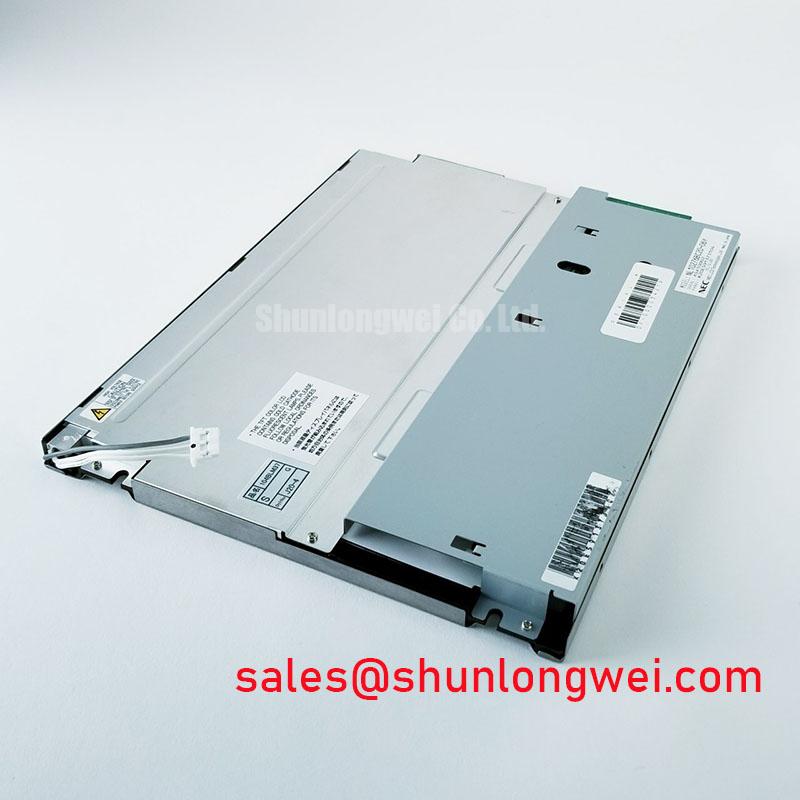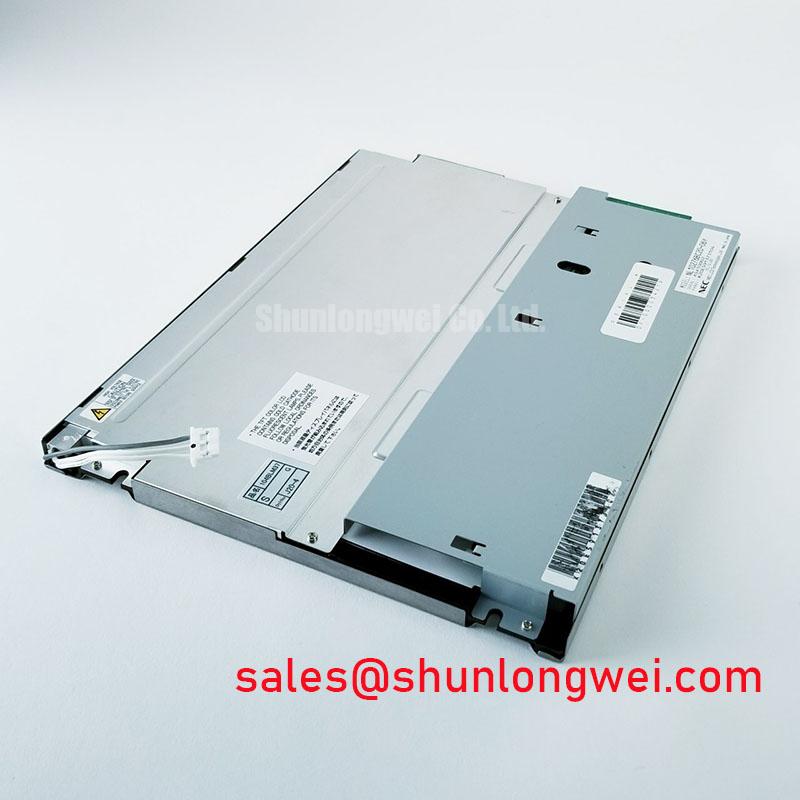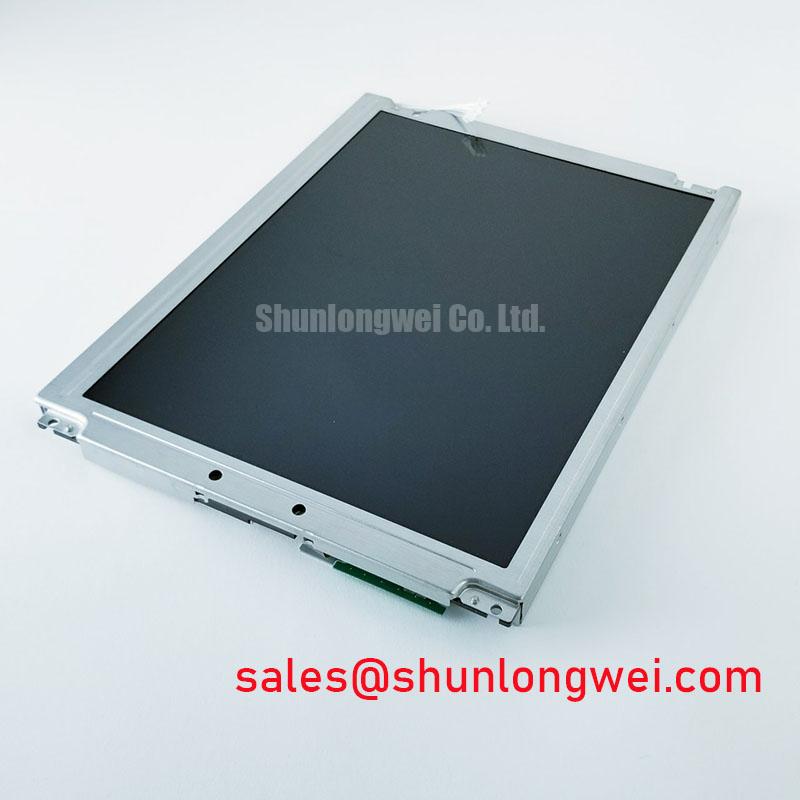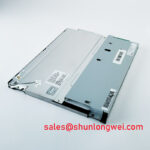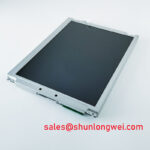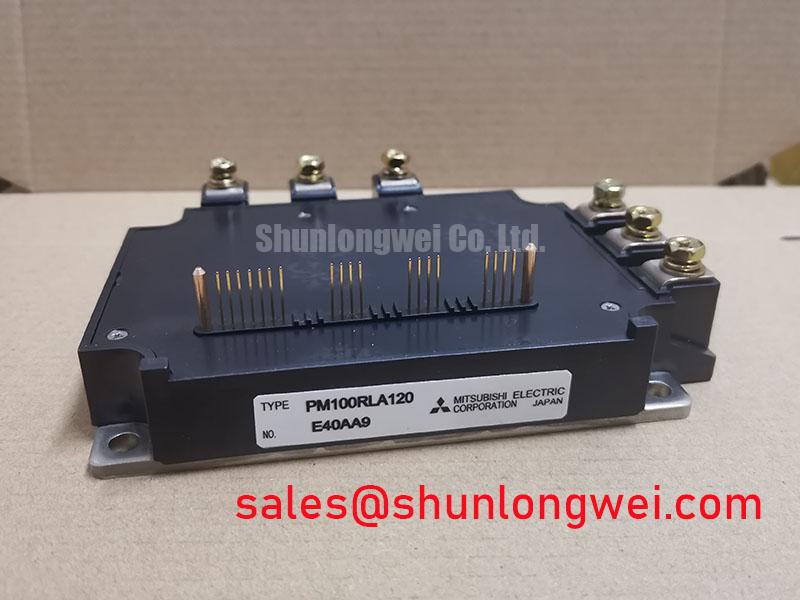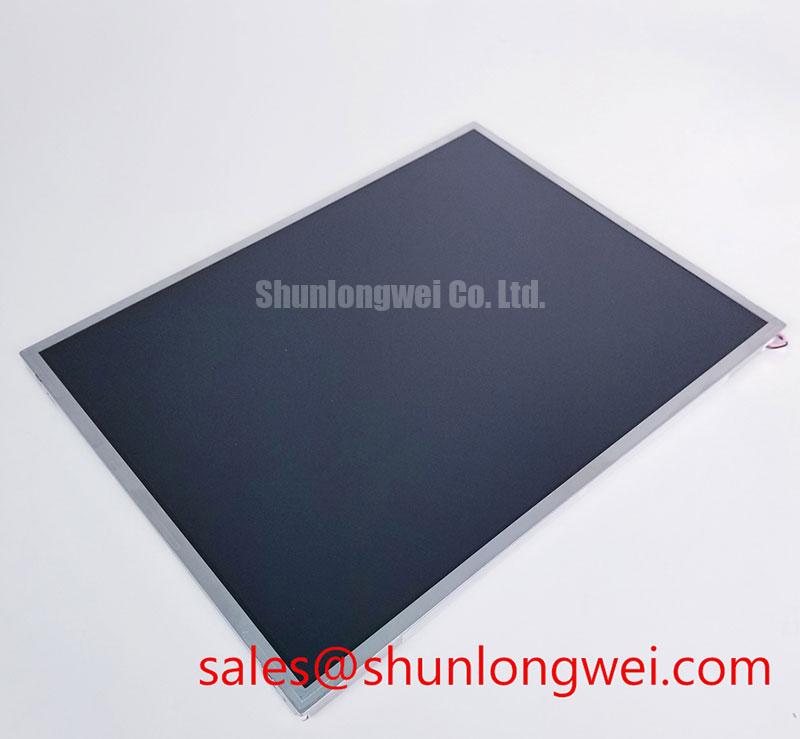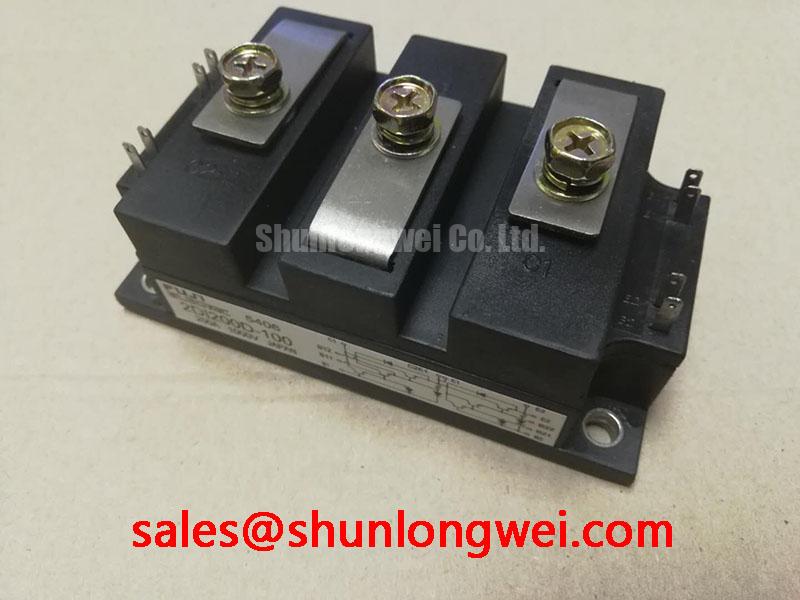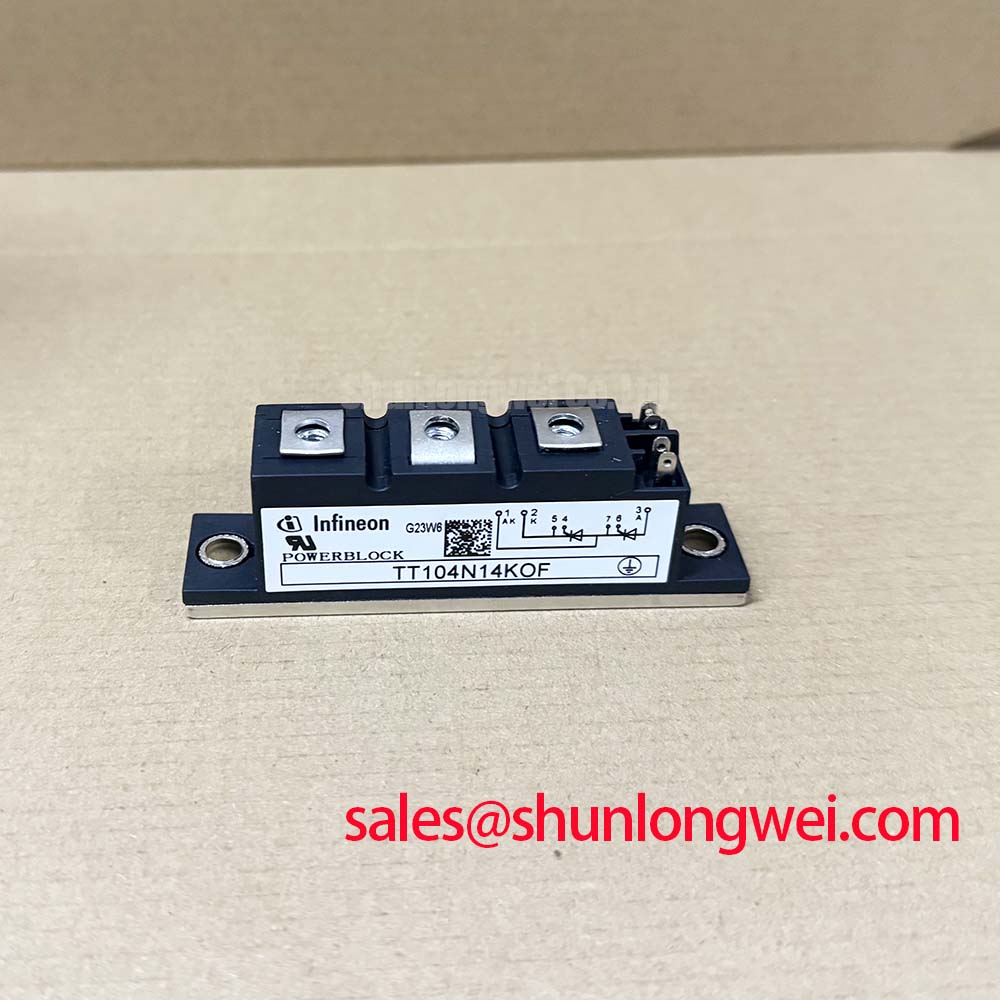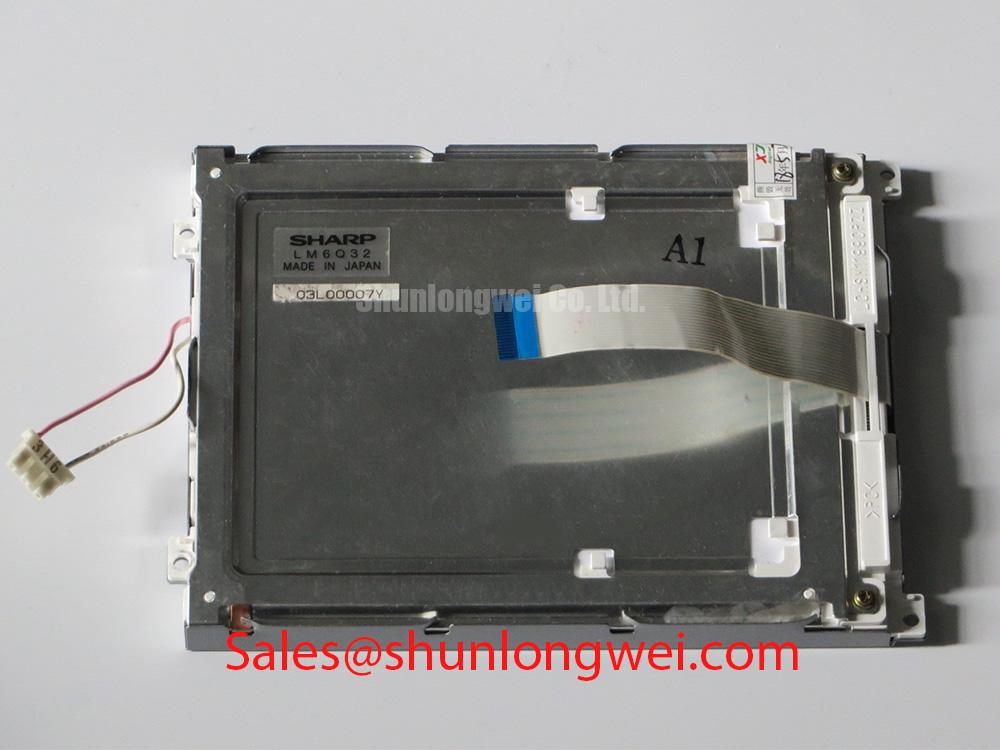NL10276BC20-07Y: 10.4-inch XGA TFT LCD for Demanding Industrial Visualisation
Content last revised on October 6, 2025.
Introduction to a High-Reliability Display Solution
Delivering Exceptional Image Fidelity and Operational Reliability Across Diverse Industrial Environments
The NL10276BC20-07Y is a 10.4-inch amorphous silicon TFT LCD module engineered for applications where visual clarity and operational robustness are critical. It delivers exceptional image fidelity across a wide range of viewing situations, driven by its advanced SFT (Super-Fine TFT) technology and robust thermal performance. With key specifications of 1024 x 768 XGA resolution | 400 cd/m² brightness | -10°C to +70°C operating range, this display provides two core benefits: superior off-axis readability and dependable performance in thermally dynamic conditions. It directly addresses the engineering need for a Human-Machine Interface (HMI) display that remains clear and reliable in environments lacking climate control. What is the primary benefit of its SFT technology? Consistent color and brightness from ultra-wide viewing angles, eliminating data misinterpretation.
Key Parameter Overview
Decoding the Specs for Environmental Resilience and Visual Performance
The specifications of the NL10276BC20-07Y are tailored for integration into industrial-grade equipment. The combination of high brightness, a wide thermal operating window, and a standardized digital interface provides a versatile foundation for system designers. For industrial control systems that must function reliably in fluctuating factory floor temperatures, the wide operating range of the NL10276BC20-07Y is an optimal design choice.
| Parameter | Specification |
|---|---|
| Screen Size | 10.4 inches (26 cm) |
| Resolution | 1024 x 768 (XGA) |
| Display Technology | a-Si TFT LCD with SFT (Super-Fine TFT) |
| Luminance | 400 cd/m² (Typical) |
| Viewing Angle (CR≥10) | 85°/85°/85°/85° (Left/Right/Up/Down) |
| Contrast Ratio | 700:1 (Typical) |
| Interface | LVDS (Low Voltage Differential Signaling), 1 port |
| Operating Temperature | -10°C to +70°C |
| Storage Temperature | -20°C to +80°C |
| Module Dimensions | 227.0(W) x 174.5(H) x 10.5(D) mm |
Download the NL10276BC20-07Y datasheet for detailed specifications and performance curves.
Application Scenarios & Value
Achieving System-Level Benefits in Industrial and Medical HMIs
The NL10276BC20-07Y is engineered for environments where data must be interpreted quickly and accurately from various angles. Its feature set makes it a strong candidate for a range of demanding applications.
- Industrial Automation: In factory control panels and HMIs connected to Programmable Logic Controllers (PLCs), the ultra-wide viewing angle ensures that operators and maintenance staff can clearly read diagnostics and status updates without being directly in front of the screen. This improves operational efficiency and reduces the chance of error during collaborative tasks.
- Medical Diagnostic Equipment: For devices like patient monitors or ultrasound machines, the stable color reproduction of SFT technology is critical. It ensures that multiple clinicians viewing a screen from different positions see the exact same chromatic information, which is fundamental for accurate diagnosis.
- Transportation and Marine Systems: The display's 400-nit brightness provides sufficient visibility for use in enclosed cockpits or control rooms where ambient light can vary. Its robust operating temperature range ensures reliability from cold starts to prolonged operation in warm cabins.
A key engineering challenge in designing HMIs for mobile heavy machinery is ensuring screen legibility under bright, indirect sunlight while withstanding significant temperature swings within the vehicle's cab. The NL10276BC20-07Y's 400 cd/m² luminance provides the necessary brightness to overcome ambient glare, while its -10°C to +70°C operating range ensures the display functions reliably, preventing image lag in the cold or failure in the heat. For applications requiring even greater brightness for direct sunlight conditions, the related NL10276BC24-21F can be considered.
Technical Deep Dive
A Closer Look at SFT Technology for Uncompromised Visuals
The core of the NL10276BC20-07Y's superior visual performance lies in its Super-Fine TFT (SFT) technology, an advanced implementation similar to In-Plane Switching (IPS). Unlike standard Twisted Nematic (TN) panels where liquid crystals twist perpendicularly to the screen, SFT technology aligns and rotates the crystals parallel to the display's surface. What is the practical result of this structural difference? A dramatic reduction in off-axis color and contrast shift.
To understand the benefit, consider an analogy. A standard TN panel is like a set of Venetian blinds. When you view them head-on, you see clearly. But from a sharp angle, the view is obscured and distorted. In contrast, SFT technology is like rotating the slats of the blinds while keeping them flat. From any angle, the light passing through remains consistent. This ensures that a process value displayed in red doesn't wash out or shift to orange when viewed by an operator standing to the side, a critical factor for safety and accuracy in any advanced TFT-LCD application.
Industry Insights & Strategic Advantage
Enabling Data Clarity at the Edge in Industry 4.0
The accelerating trend of Industry 4.0 places new demands on Human-Machine Interfaces. HMIs are no longer simple push-button replacements; they are sophisticated data visualization hubs for Industrial PC systems, displaying complex analytics, schematics, and video feeds directly on the factory floor. This deployment at the operational edge, often in non-climate-controlled areas, makes component reliability and visual performance paramount.
The NL10276BC20-07Y is strategically positioned to meet this challenge. Its combination of a wide operating temperature, high brightness, and superior viewing angles provides the hardware foundation necessary for these next-generation HMIs. By delivering clear, stable visuals regardless of environmental conditions or operator position, it ensures that the rich data provided by modern automation systems is always accessible and intelligible, supporting faster decision-making and improved process control. The use of a standard LVDS Interface further simplifies integration with the embedded computing platforms that power these advanced systems.
Frequently Asked Questions
How does the SFT (Super-Fine TFT) technology in the NL10276BC20-07Y benefit multi-operator HMI applications?SFT technology provides an ultra-wide viewing cone of 85 degrees in all directions (up, down, left, right) without significant degradation in color or contrast. In a multi-operator scenario, such as a large machine control station, this means that all personnel see the same accurate, high-fidelity image, which is crucial for collaborative tasks and preventing misinterpretation of critical data.
What is the practical impact of the -10°C to +70°C operating temperature range on system design for industrial enclosures?This wide operating range significantly simplifies thermal management design. It allows the display to be used in non-ventilated or passively cooled enclosures in many factory environments, reducing the need for costly and complex active cooling systems like fans or air conditioning. It also guarantees reliable display startup and operation in applications exposed to cold-soak conditions or high ambient heat, increasing overall system reliability.
From an Engineer's Perspective
Integrating for Reliability and Longevity
When selecting a display for an industrial system, the component's ability to perform reliably over the product's entire lifecycle is as important as its initial performance. The NL10276BC20-07Y, manufactured by industry leader NEC and now part of the Tianma group portfolio, is built with this long-term view. The robust operating temperature range is not just a specification; it's an indicator of the component's resilience to thermal stress, a primary factor in electronic component aging. The standardized LVDS interface simplifies the electrical design, reducing the potential for EMI issues and ensuring compatibility with a wide array of single-board computers and display controllers. For design engineers, specifying this module means building on a foundation of proven technology, which translates to reduced development risk and a more robust final product.

